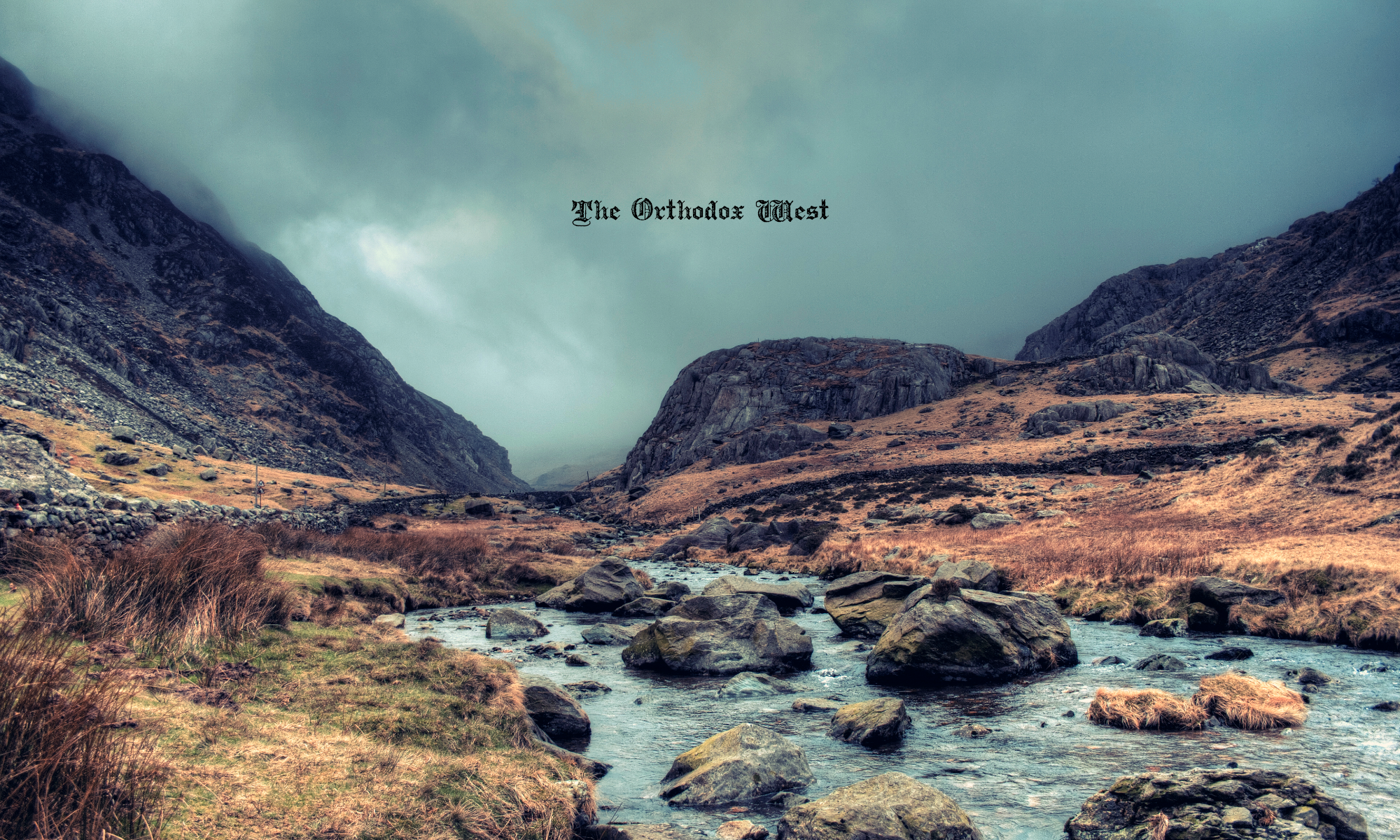Having arrived late Friday afternoon, we were shuttled from the Keflavik airport (about 30 miles from Reykjavik) to the bus station and schlepped our luggage about a mile and a half to our hostel, looking forward to heading out Saturday morning on the “Classic Golden Circle Tour”, an 8-hour guided bus tour. Even got to practice my Welsh with a Welsh woman at the bus stop! – she said my pronunciation was excellent- a elli di’i gredu?) First stop was at the largest lake in Iceland – Thingvallavatn.


Then on into the Thingvellir National Park (site where the N. American and Eurasian tectonic plates meet – drifting apart at 1cm per year. Also the site of the Althingi – the oldest parliament in the world – established in 930 AD on this spot, and met here until 1800 (the parliament then moved to Reykjavik in 1844). When Iceland became Christian in 1050 AD the first church was built here as well. Fabulously beautiful landscape. Further up the road is Gullfoss, the famous waterfall (look at the opening scenes of the movie Prometheus if you want a (CGI-enhanced) view. Then to Geysir, where we get the name – though the big one (Great Geysir), which erupts 230 feet into the air, is dormant now, there is a 100 foot one which erupts every 5 minutes or so “Strokkur”.

Finally a very brief stop at Skalholt- the primary See of the Catholic Church from 1056 to 1550, and scene of the martyrdom of the last Catholic Bishop when Lutheranism was imposed by the Danish king Christian III (Jon Arason and his two sons – yes those Scandanavians & Icelanders were a little lax when it came to celibacy, being so far from Rome). It has continued since 1785, as one of the two Cathedrals for the Lutheran Bishops of the Church of Iceland. I had to dash about taking pictures, as one of the few who left the bus for this short stop. Besides the church, there is a replica turf building housing the Museum of the Bible. It has the oldest printed book in Iceland (see picture) and also a copy of the “Hendersons-Bible” from 1813 which is also known as the “screwed-up bible” because the language is considered really poor. The book of Lamentations, for instance, was accidentally translated as ‘harmagrútur’ instead of ‘harmagrátur’”. That may seem an insignificant spelling error only language purists would have an issue with, but it actually changes the title from “the Lamentations of Jeremiah” to “the tragically unfiltered fish oil of Jeremiah” – which might still make appropriate Lenten reading…



These days a large percentage of Icelanders are atheists, as is true of most of the native population of W. Europe, and some have returned to Asratu, the worship of the heathen gods of their ancestors. A real mission field, if you can afford to live here. Thirty-five percent average taxes. Though most own their own homes, they have to take out enormous mortgages and pay on them most of their lives. But university tuition is about $200 per year, (even less than I paid in the dark ages at the U. of Missouri-about $220 per semester) and health care costs are pretty reasonable, but not a lot left over for the ridiculously expensive rents and food. Few Icelanders go out to eat, but tourism has saved them since the crash of 2008. Iceland refused to bail out their evil bankers, and in 20 years, the number of tourists has gone from 300,000 (the population of Iceland is only 350,000-over 60% of them living in greater Reykjavik) to over 3 million this year, or so we were informed by our guide.
Vespers at St. Nicholas Church in Reykjavik (Moscow Patriarchate) the only Orthodox Church in Iceland. I was surprised when Fr. Timothy (Timur) Zolotuskiy asked me to serve the Liturgy of St. Tikhon on Sunday for his parish. Took some surfing on the internet to retrieve Propers and music (and an appeal to Fr. Nicholas for a .pdf) but it was a great joy and privilege – and I suspect a first for the Russian, Romanian, Georgian, Serbian, Ukrainian, Lithuanian and Estonian parishioners. First time I ever preached with an interpreter (thank you, Alexei) and first time Mat’ka Helen served as solo Cantor and making all the congregational responses, but it was wonderful. Many questions at tea/coffee hour from a most gracious and generous group, who even abided my singing of some of the Russian National Anthem (I learned it in Russian a while ago and still think it is one of the most beautiful Anthems around).


We were gifted with caviar and fish liver (had to leave the caviar, which wouldn’t have made it through Customs but taking the fish liver to coffee hour) – Even learned to pronounce Eyjafjallajökull (the volcano that erupted in 2010 disrupting air travel for some time). I was schooled by an Icelandic woman at the airport in Glasgow.

Peregrine’s staff had to be replaced in Iceland, and as you can see from the picture, it could use a little repair even now…but he will have a new one for the next pilgrimage. Thank God for this opportunity, and the Alfords for allowing us to accompany them. May all the Celtic Saints pray for us!

